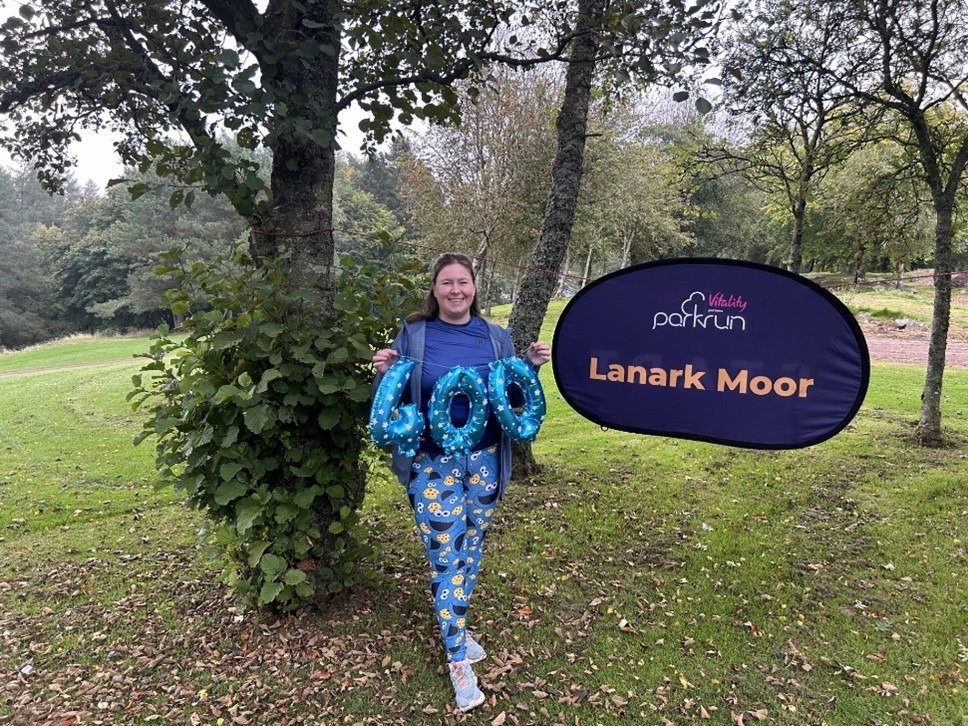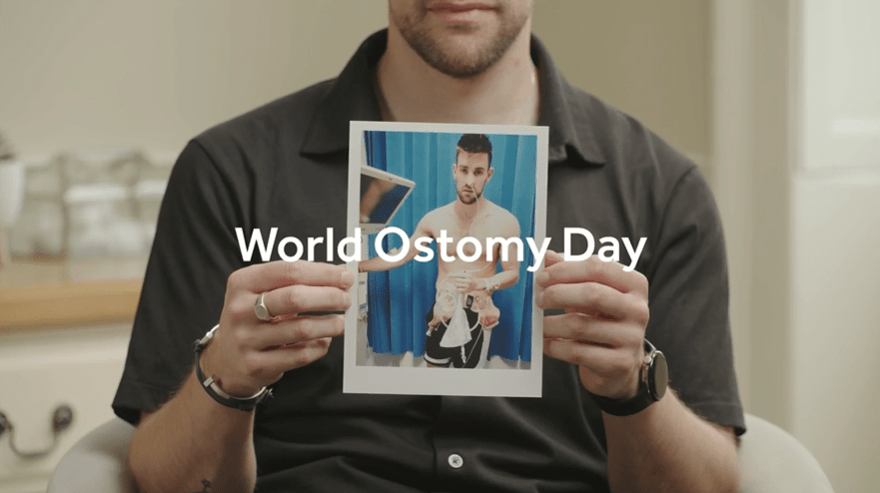
From liquid diets to food freedom
Living with a stoma is an experience that not many people understand unless they’ve been through it themselves. For me, it was a journey full of challenges, adjustments, and eventually freedom. In the early days, I had no idea how my relationship with food would change. Between feeding tubes, liquid diets, and carefully planned meals, eating became less about enjoyment and more about survival. But after years of living with a stoma, I’m happy to say that I now have a varied diet and can eat what I want, within reason.
If you’re reading this and you’ve just started your own stoma journey, or if you’re a curious bystander wondering what life with a stoma is like, let me take you through my experience.
The early days: dieticians, restrictions, and liquid meals
The first few weeks after my stoma surgery were overwhelming. I was introduced to a whole new way of life, and the idea of eating as I once did seemed distant. During this time, my dietician became a huge support. Their expertise was invaluable, guiding me through what I could and couldn’t eat to avoid complications. My diet was incredibly restrictive – primarily liquids and soft foods designed to be gentle on my digestive system.
This phase required a lot of patience. Having a feeding tube or relying on nutrient-dense liquid diets might sound daunting, and it was, but it was also necessary for my healing. It taught me the importance of nourishment in a new, practical way. Food wasn’t about indulgence anymore; it was about fuel and recovery. One of the huge difficulties I found was preparing my children’s food and not being able to eat it, in that moment in time chicken nuggets and smiley faces had never looked so appealing.
Learning my limits
As I began to heal and adjust, my diet started to expand—slowly but surely. It wasn’t an overnight process, and I had to learn what my body could handle in its new state. Foods I once loved didn’t always agree with me anymore, and I had to be careful to avoid blockages or discomfort. It was all about trial and error.
Working with my dietician was key during this time. They helped me introduce new foods, while keeping a close eye on portion sizes and the types of textures I was eating. For example, foods that were high in fibre, like raw vegetables or whole grains, were a bit risky early on, so I had to introduce them gradually. Hydration also became more crucial than ever before, and my good old friend Dioralyte.
Embracing food freedom
After years of adapting to life with a stoma, I’m grateful to say that I’ve reached a point where I can eat a varied diet. While I still keep moderation in mind and pay attention to my body’s signals, I no longer feel restricted by my stoma. Whether it’s a hearty sandwich or a bowl of pasta, I can enjoy meals that once felt out of reach.
Of course, there are still some foods that don’t always agree with me, but I’ve learned to adjust. Eating smaller portions, chewing thoroughly, and drinking plenty of water are second nature now. But the important thing is, I no longer feel like I’m missing out.
Finding balance
Living with a stoma doesn’t mean giving up on the pleasures of food. It means finding a balance that works for you. For me, that balance comes in the form of moderation. I can have the treats I enjoy—just in smaller quantities or with a bit more mindfulness. The occasional indulgence is no longer off the table, and that’s something I cherish.
My advice to others
If you’re new to living with a stoma, take it slow. Listen to your dietician or stoma team and pay attention to how your body reacts to different foods. The process can feel frustrating, but with time, you’ll find your groove. There’s light at the end of the tunnel, and trust me, you can get to a place where you can enjoy a wide variety of foods again.
Living with a stoma is a journey, and while it comes with its unique challenges, it also teaches you resilience, patience, and gratitude for the small pleasures—like enjoying a meal.
Take it from me: it gets better, and food can be part of your joy again.

 US
US 








